SOURCE: IANS
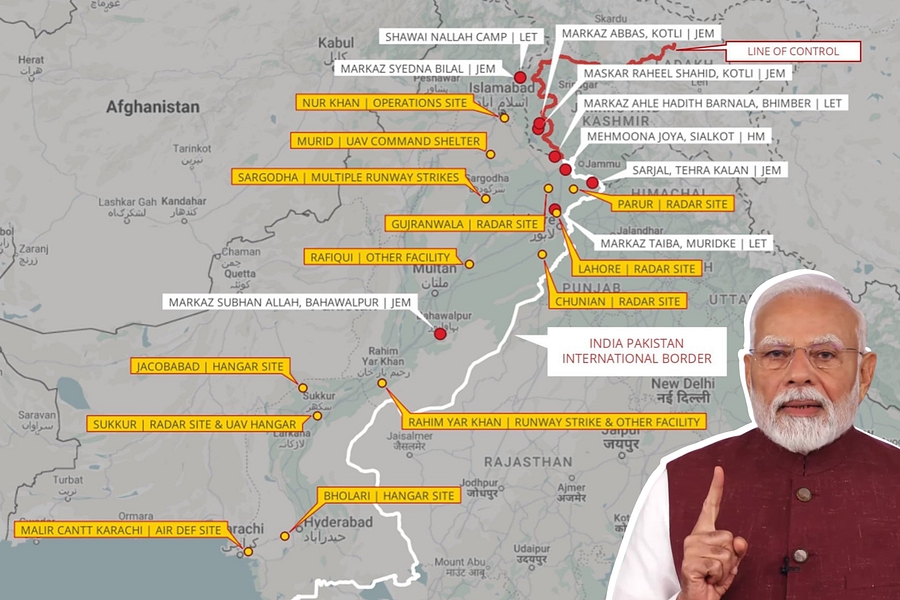

Nuclear blackmail will not come in India’s resolve to hit terror at its root in any part of the world, Prime Minister Narendra Modi said on Monday, sending a strong message to the global community against the backdrop of ‘Operation Sindoor’.
In his first address to the nation after an understanding on ceasefire with Pakistan and the launch of Operation Sindoor, PM Modi said military action in terror hubs in neighbouring country has set a new normal in the country’s tough three-pronged anti-terror policy.
Continue readingSOURCE: IDRW.ORG


In a recent interview with idrw.org, a senior official from India’s Defence Research and Development Organisation (DRDO) revealed that the organization is examining a recovered Chinese PL-15E missile but dismissed claims of its technological superiority. The official asserted that the PL-15E, often touted by China as a cutting-edge beyond-visual-range air-to-air missile (BVR-AAM), is not as advanced as portrayed and lags behind India’s indigenous Astra missile systems.
“While we will study the PL-15E to understand its capabilities, there’s little to copy. It’s not the leap forward China would like the world to believe,” the official stated. He emphasized that India’s Astra MkII BVR-RAM (Beyond Visual Range – Radar Active Missile) and the upcoming Astra MkIII are significantly superior in performance, range, and technological sophistication compared to the PL-15E.
Continue readingSOURCE: IDRW.ORG
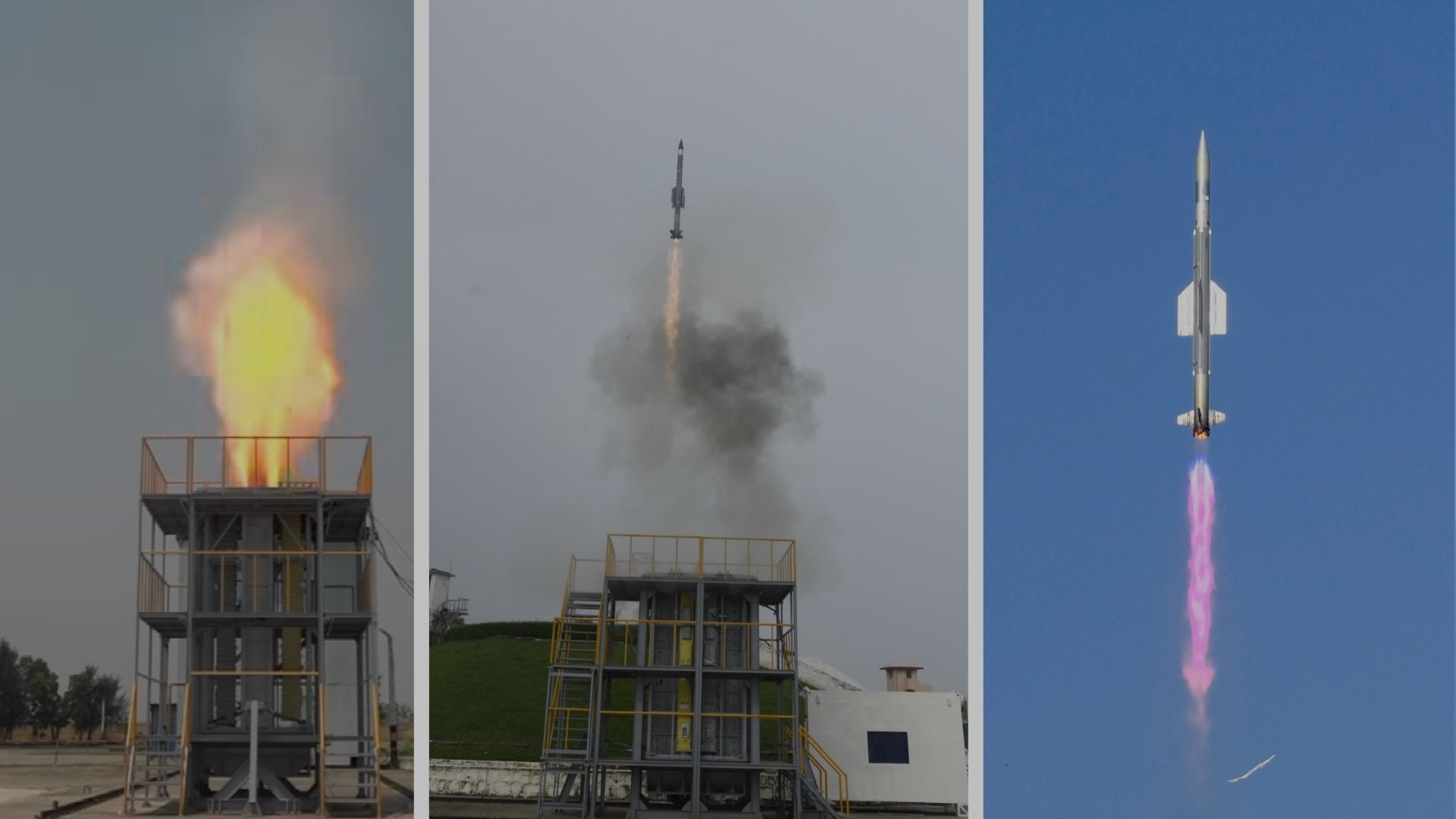

Following the proven success of India’s indigenously developed Akash and Medium-Range Surface-to-Air Missile (MR-SAM) systems in the recent Indo-Pakistan clash, the Ministry of Defence (MoD) is now prioritizing the acquisition of low-tier missile systems to counter emerging aerial threats. The MoD’s new focus targets the procurement of Very Short-Range Air Defence Systems (VSHORADS), Vertically Launched Short-Range Surface-to-Air Missiles (VL-SAM), and Quick Reaction Surface-to-Air Missiles (QRSAM) to neutralize drones, Unmanned Aerial Vehicles (UAVs), and even manned aircraft.
The Akash and MR-SAM systems demonstrated exceptional precision and reliability during the conflict, effectively neutralizing enemy targets and reinforcing India’s air defense capabilities. Building on this success, the MoD aims to strengthen the lower tier of its air defense architecture to address the growing threat of low-cost, agile aerial platforms like drones and UAVs, which have become increasingly prevalent in modern warfare.
Continue readingSOURCE: AFI
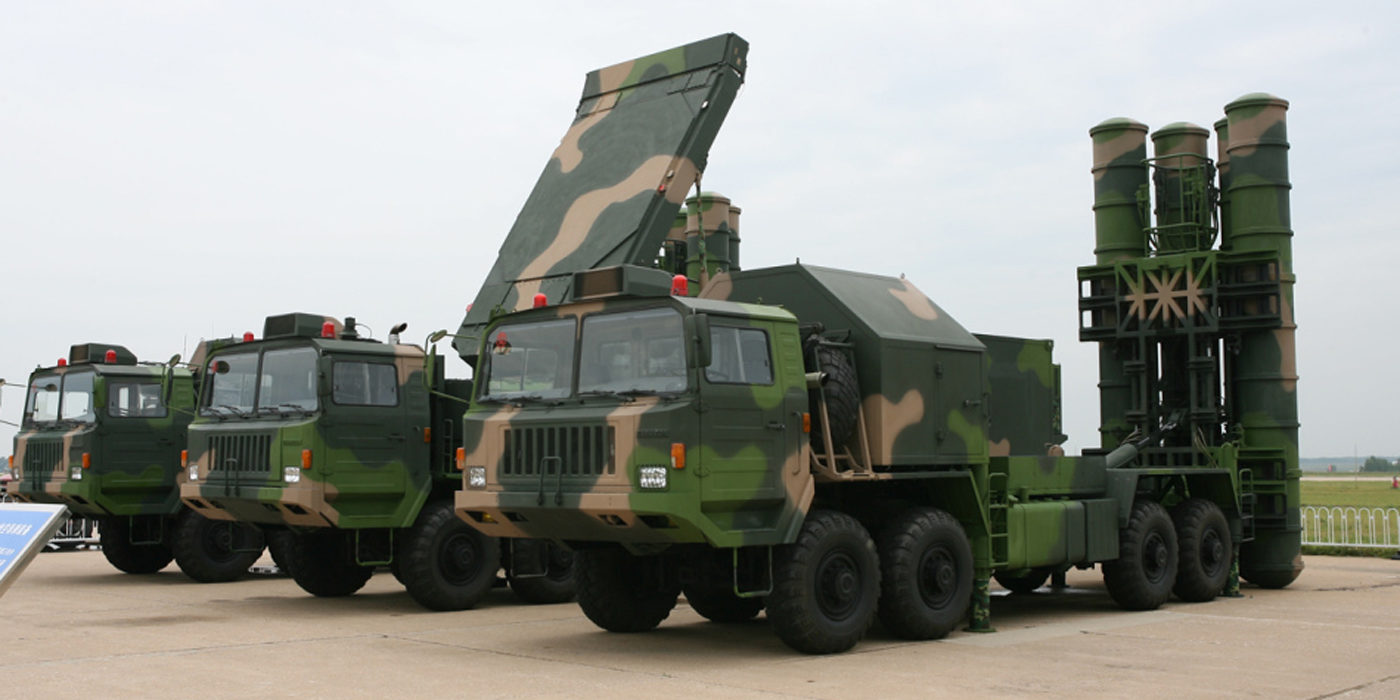

Chinese netizens have taken to social media platforms to express sharp criticism of the Pakistani Army and Air Force, accusing them of lacking professionalism in deploying the Chinese-made HQ-9 air defense system. The backlash comes in the wake of India’s successful missile strikes during Operation Sindoor on May 7, 2025, which not only penetrated Pakistani airspace but also reportedly destroyed several HQ-9 units, exposing vulnerabilities in Pakistan’s air defense network.
According to posts circulating on Chinese social media, netizens have blamed inadequate training and operational inefficiencies on the Pakistani side for the failure of the HQ-9 system to counter Indian missile attacks. India’s precision strikes, which targeted terror bases in Pakistan and Pakistan-occupied Kashmir (PoK), involved advanced munitions like the French-origin SCALP cruise missiles launched from Rafale jets. These missiles, known for their stealth and low-altitude flight capabilities, bypassed Pakistan’s air defense systems, including the HQ-9 and HQ-16, without interception.
Continue readingSOURCE: AFI


Chinese social media platforms are ablaze with frustration following reports that India recovered multiple PL-15E air-to-air missiles, some nearly intact, after recent aerial engagements during Operation Sindoor on May 7, 2025. The recovery of these advanced Chinese-made missiles, used by the Pakistan Air Force (PAF), has triggered a heated online debate, with Chinese netizens shifting from initial praise of their weapon systems to deflecting blame onto Pakistan’s operational tactics.
In the early stages of the conflict, Chinese social media users lauded the PL-15E, a beyond-visual-range (BVR) missile with a claimed range of 200-300 kilometers, as a game-changer for the PAF. Posts celebrated its advanced active radar homing and dual-pulse motor, positioning it as superior to Western counterparts like the AIM-120 AMRAAM. However, as reports surfaced that Indian forces retrieved several PL-15E missiles—some barely damaged—from crash sites in Pakistan-occupied Kashmir (PoK) and Indian territory, the narrative shifted. Chinese netizens began downplaying the recoveries, accusing the PAF of misusing the missile’s capabilities.
Continue readingSOURCE: AFI


Pakistani defense analysts have expressed growing frustration over the performance of Turkish-supplied Byker YIHA III Kamikaze drones, with several units found crashed well within Pakistan’s own territory. The drones, intended for precision strikes, have come under scrutiny following reports from the Armed Forces Intelligence (AFI) that at least four Byker YIHA III drones malfunctioned and crashed inside Pakistan, as evidenced in recent viral videos. Additionally, drones deployed to target Indian territory in Jammu and Kashmir during Operation Sindoor on May 7, 2025, were intercepted and neutralized by Indian air defenses, failing to achieve their objectives.
The Byker YIHA III, a Turkish-designed loitering munition supplied to Pakistan, was touted for its combat-proven capabilities in conflicts like Syria and Ukraine. However, its recent failures have raised questions about its reliability and Pakistan’s operational proficiency. Videos circulating on social media, particularly from Sialkot, show Pakistani civilians attacking downed Byker YIHA III drones, mistakenly believing them to be Indian, highlighting a lack of awareness and adding irony to the situation.
Continue readingSOURCE: AFI


In a bold move to bolster national security, India has fast-tracked its ambitious Space Based Surveillance (SBS-3) program, slashing the timeline for deploying 52 spy satellites from four years to just one. Approved by the Cabinet Committee on Security in October 2024, this Rs 22,500-crore ($3 billion) initiative aims to enhance India’s ability to monitor its borders, particularly activities in Pakistan, and provide critical support during natural disasters like floods and earthquakes.
The SBS-3 program involves a collaborative effort between the Indian Space Research Organisation (ISRO) and private industry. ISRO will develop 21 of the satellites, while three private companies—Anant Technologies, Centum Electronics, and Alpha Design—have been tasked with producing the remaining 31. These firms have been directed by the Ministry of Defence to compress their development timelines to 12-18 months, with the satellites now targeted for deployment by the end of 2026 or earlier, compared to the original 2028 schedule. This accelerated timeline follows the recent Operation Sindoor, a response to the Pahalgam massacre, highlighting the urgency of enhancing India’s surveillance capabilities amid heightened regional tensions.
Continue readingSOURCE: AFI


Hindustan Aeronautics Limited (HAL), a leading Indian defense company and a significant trading partner of a Russian arms agency, has firmly denied allegations that it resold sensitive British technology to Russia. The statement comes in response to concerns raised about the potential transfer of critical equipment supplied by the U.K.-based H.R. Smith Group, a major aerospace manufacturer and a prominent donor to the populist Reform U.K. party.
According to a New York Times investigation, shipping records from 2023 and 2024 revealed that H.R. Smith Group exported equipment to India, including transmitters, cockpit equipment, and antennas, which had been flagged as critical components for Russian weapon systems. These exports raised concerns about whether the technology could have been diverted to Russia, especially given HAL’s longstanding defense ties with Russian entities. However, HAL has categorically stated that the sensitive British technology remained in India and was not transferred to any third parties.
Continue readingSOURCE: IANS
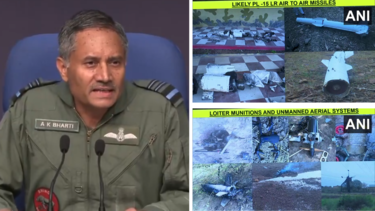

The budgetary and policy support provided by the government to the forces over the past decade helped build an impregnable air defence shield that helped repulse attacks by Pakistani forces, which was exhibited during India’s anti-terror ‘Operation Sindoor’, said the Director General of Military Operations (DGMO) in a press briefing on Monday.
All airbases and military bases are operational and ready for their next missions, said Air Marshal A.K. Bharti, dismissing misinformation attempts.
Continue readingSOURCE: IANS


India on Monday dismissed Pakistan’s attempts to distort facts around the impact of Operation Sindoor, calling it a predictable disinformation campaign aimed at misleading its own citizens and downplaying the extent of damage inflicted by Indian strikes on terror infrastructure in Pakistan and Pakistan-occupied Kashmir (PoK).
The officials said this during the Director General of Military Operations (DGMO) press briefing in New Delhi on Operation Sindoor, responding to questions about Pakistan’s narrative surrounding the funeral of terrorists killed in the operation.
Continue readingSOURCE: IANS


Following the 2019 Pulwama terror attack and the subsequent Balakot airstrikes, India’s military and strategic establishment reassessed its doctrine of deterrence, with an emphasis on raising the bar both militarily and politically. This reassessment resulted in the “carefully calibrated” strikes under ‘Operation Sindoor’, which marked a departure from previous patterns of limited or reactive engagement, said military sources.
Officials privy to the planning described the approach as deliberate and differentiated, designed to reflect a shift in India’s military paradigm. “You don’t play the same card twice,” said a senior source, referencing the Balakot strike. “There was a need to demonstrate evolving thinking and show that red lines had been crossed — not just in rhetoric, but in the scale and selection of military targets.”
Continue readingSOURCE: ANI
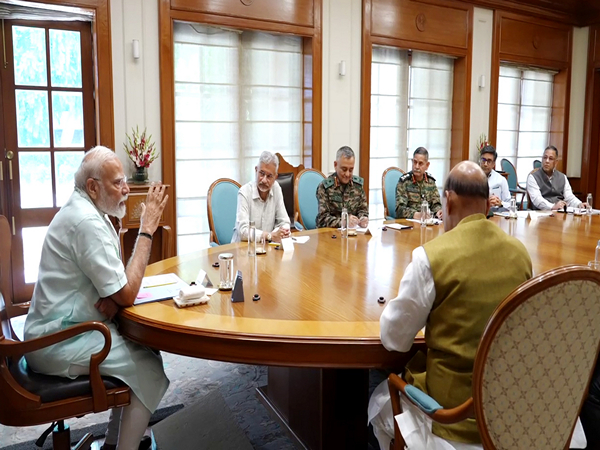

India is not ready to engage on matters of Kashmir, and the only thing left on Kashmir is the Pakistan-occupied Jammu & Kashmir (PoJK) issue, as per sources. According to the sources, all discussions on military action cessation will be conducted exclusively through Director General of Military Operations (DGMO)- level talks, with no third-party involvement.
“We are not ready to engage on matters of Kashmir. The only thing left on Kashmir is PoK. The message is that it is the DGMO-level talks which is the channel of communication with regard to cessation of military action. No third country or no third party is to be involved in this.
Continue readingSOURCE: ANI


Indian Space Research Organisation (ISRO) Chairman V Narayanan said that at least 10 satellites are continuously working round-the-clock for the strategic purpose to ensure the safety and security of the citizens of the country.
Addressing the 5th convocation ceremony of the Central Agricultural University (CAU) in Imphal yesterday, ISRO chief highlighted the organisation’s effort to ensure the country’s safety amid the tensions with Pakistan.
Continue readingSOURCE: PTI


Former Indian Army chief General Manoj Naravane has slammed questions being raised on the suspension of hostilities between India and Pakistan, saying war is not romantic and is not a Bollywood movie.
Speaking at an event in Pune, General Naravane said if ordered, he would go to war, but diplomacy would be his first choice. He said there is trauma among people living in the border areas, including children who have seen shelling and have to run to shelters at night.
Continue readingSOURCE: IANS


Pakistan’s Inter-Services Public Relations Director General (DGISPR) has dismissed rumours about having an Indian female pilot in its custody, stating that it is all part of disinformation campaign and false reporting following the latest intense and aggressive confrontation between the two neighbouring countries.
During a press conference chaired by DGISPR and Senior officials of Pakistan Navy and the Pakistan Air Force (PAF), Lt. General Ahmed Shareef Chaudhry urged the public not to fall for misinformation.
Continue reading